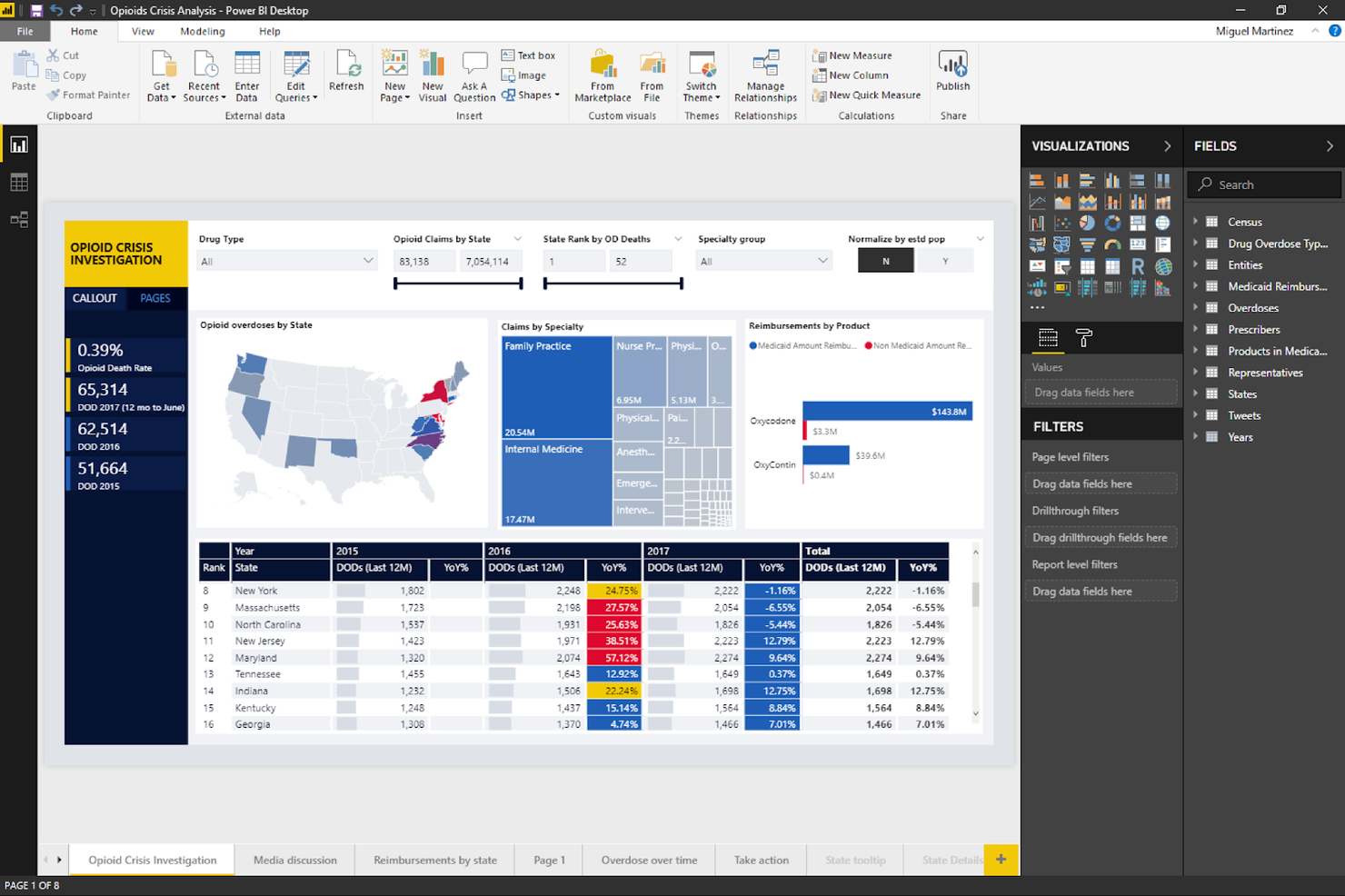
Business Intelligence Software That Makes Complex Data Understandable
In today’s data-driven business landscape, organizations are generating and collecting vast amounts of data from various sources, including customer interactions, transactions, and market trends. However, making sense of this complex data can be a daunting task, especially for non-technical stakeholders. This is where Business Intelligence (BI) software comes into play, empowering organizations to transform their data into actionable insights that drive informed decision-making.
What is Business Intelligence Software?
Business Intelligence software refers to a set of tools and technologies that enable organizations to collect, analyze, and visualize data from various sources, providing a unified view of the business. BI software helps organizations to identify trends, patterns, and correlations within their data, making it easier to understand complex relationships and make data-driven decisions.
Key Features of Business Intelligence Software
Effective BI software typically includes the following key features:
- Data Integration: The ability to connect to various data sources, including databases, spreadsheets, and cloud-based applications, to collect and integrate data.
- Data Analysis: Advanced analytics capabilities, such as statistical modeling, predictive analytics, and data mining, to uncover hidden insights and patterns.
- Data Visualization: Interactive and intuitive visualization tools, such as dashboards, charts, and reports, to present complex data in a clear and concise manner.
- Reporting and Alerting: Automated reporting and alerting capabilities to notify stakeholders of critical events, trends, or changes in the data.
- Self-Service Analytics: Intuitive interfaces that enable non-technical users to create and customize their own reports and analyses, without relying on IT.
Benefits of Business Intelligence Software
Implementing BI software can bring numerous benefits to an organization, including:
- Improved Decision-Making: By providing timely and accurate insights, BI software enables decision-makers to make informed decisions, reducing the risk of errors and missteps.
- Enhanced Operational Efficiency: BI software helps organizations to identify areas of inefficiency and optimize business processes, leading to cost savings and improved productivity.
- Increased Revenue: By analyzing customer behavior, market trends, and sales data, organizations can identify new opportunities and develop targeted marketing campaigns to drive revenue growth.
- Competitive Advantage: Organizations that leverage BI software can gain a competitive edge by making data-driven decisions, anticipating market trends, and responding quickly to changing market conditions.
- Better Customer Insights: BI software helps organizations to gain a deeper understanding of their customers, including their preferences, behaviors, and needs, enabling more effective customer engagement and loyalty programs.
Types of Business Intelligence Software
The BI software market offers a range of solutions, including:
- Cloud-Based BI: Cloud-based BI solutions, such as Tableau Online and Power BI, offer scalable and flexible deployment options, with reduced infrastructure and maintenance costs.
- On-Premise BI: On-premise BI solutions, such as SAP BusinessObjects and IBM Cognos, provide organizations with full control over their data and infrastructure, but require significant upfront investments.
- Open-Source BI: Open-source BI solutions, such as Pentaho and JasperReports, offer cost-effective and customizable alternatives, but may require additional development and support efforts.
- Embedded BI: Embedded BI solutions, such as QlikView and TIBCO Spotfire, are integrated into existing applications and systems, providing seamless and intuitive analytics capabilities.
Leading Business Intelligence Software Vendors
Some of the leading BI software vendors include:
- Tableau: Known for its intuitive and interactive visualization tools, Tableau is a popular choice among business users and data analysts.
- Microsoft: Microsoft’s Power BI offers a comprehensive and integrated BI platform, with advanced analytics and visualization capabilities.
- SAP: SAP’s BusinessObjects and SAP Analytics Cloud provide organizations with a wide range of BI capabilities, including reporting, analysis, and predictive analytics.
- IBM: IBM’s Cognos and Watson Analytics offer advanced BI and analytics capabilities, including AI-powered insights and automated decision-making.
- Qlik: Qlik’s QlikView and Qlik Sense provide organizations with intuitive and interactive BI solutions, with advanced analytics and visualization capabilities.
Best Practices for Implementing Business Intelligence Software
To ensure a successful BI implementation, organizations should follow these best practices:
- Define Clear Goals and Objectives: Clearly define the business problems and opportunities that BI software will address.
- Assess Data Quality and Availability: Evaluate the quality, accuracy, and availability of existing data sources.
- Choose the Right BI Solution: Select a BI solution that meets the organization’s specific needs and requirements.
- Develop a Comprehensive Implementation Plan: Create a detailed plan, including timelines, budgets, and resource allocations.
- Provide Training and Support: Offer ongoing training and support to ensure that users can effectively utilize the BI software and achieve their goals.
Conclusion
Business Intelligence software has become a critical component of modern business operations, enabling organizations to transform complex data into actionable insights that drive informed decision-making. By understanding the key features, benefits, and types of BI software, organizations can make informed decisions about their BI investments. With the right BI solution and implementation strategy, organizations can unlock the full potential of their data, drive business growth, and stay ahead of the competition. As the BI landscape continues to evolve, it is essential for organizations to stay up-to-date with the latest trends, technologies, and best practices to maximize their BI investments and achieve long-term success.
Closure
Thus, we hope this article has provided valuable insights into Business Intelligence Software That Makes Complex Data Understandable. We thank you for taking the time to read this article. See you in our next article!


